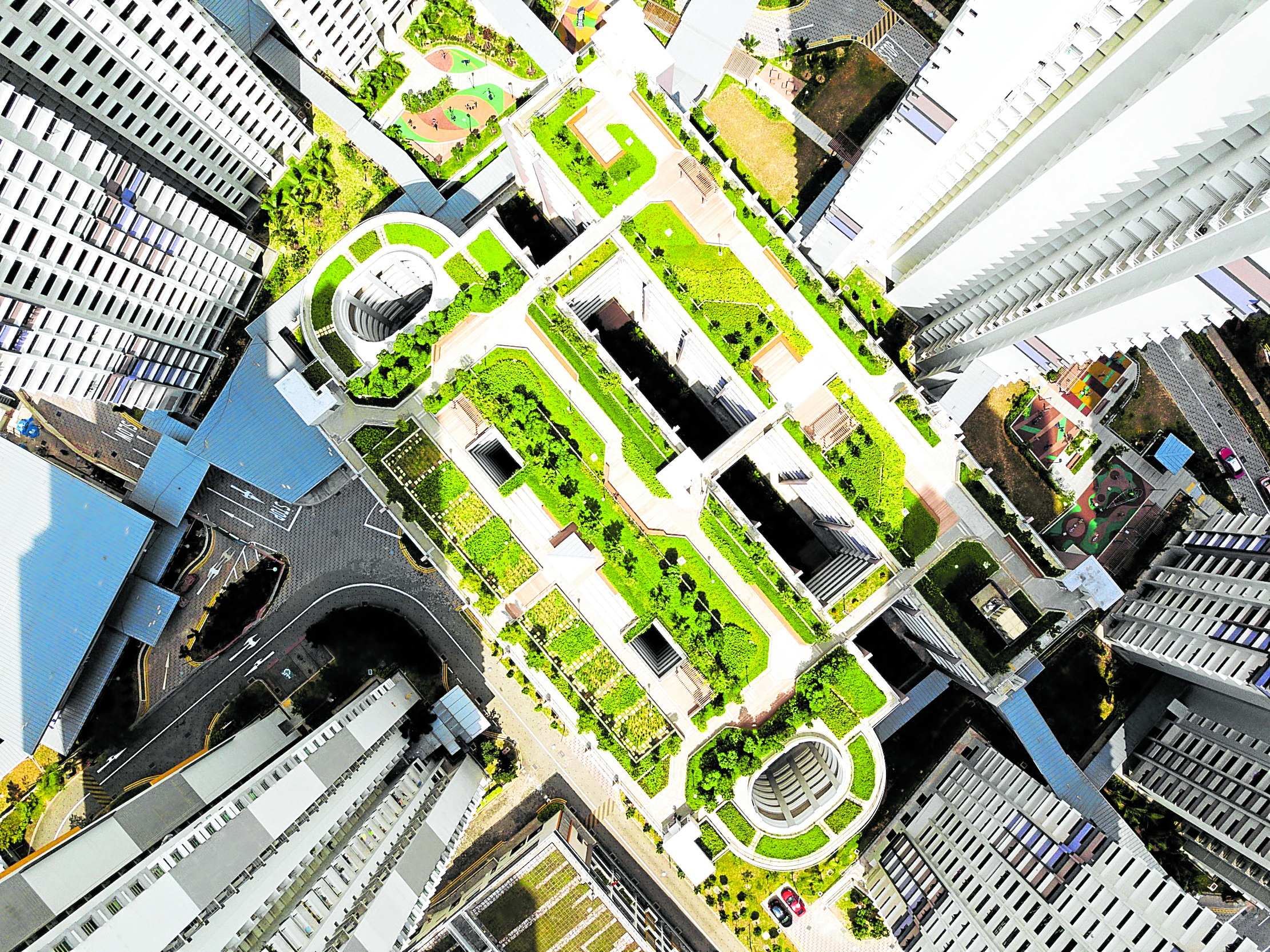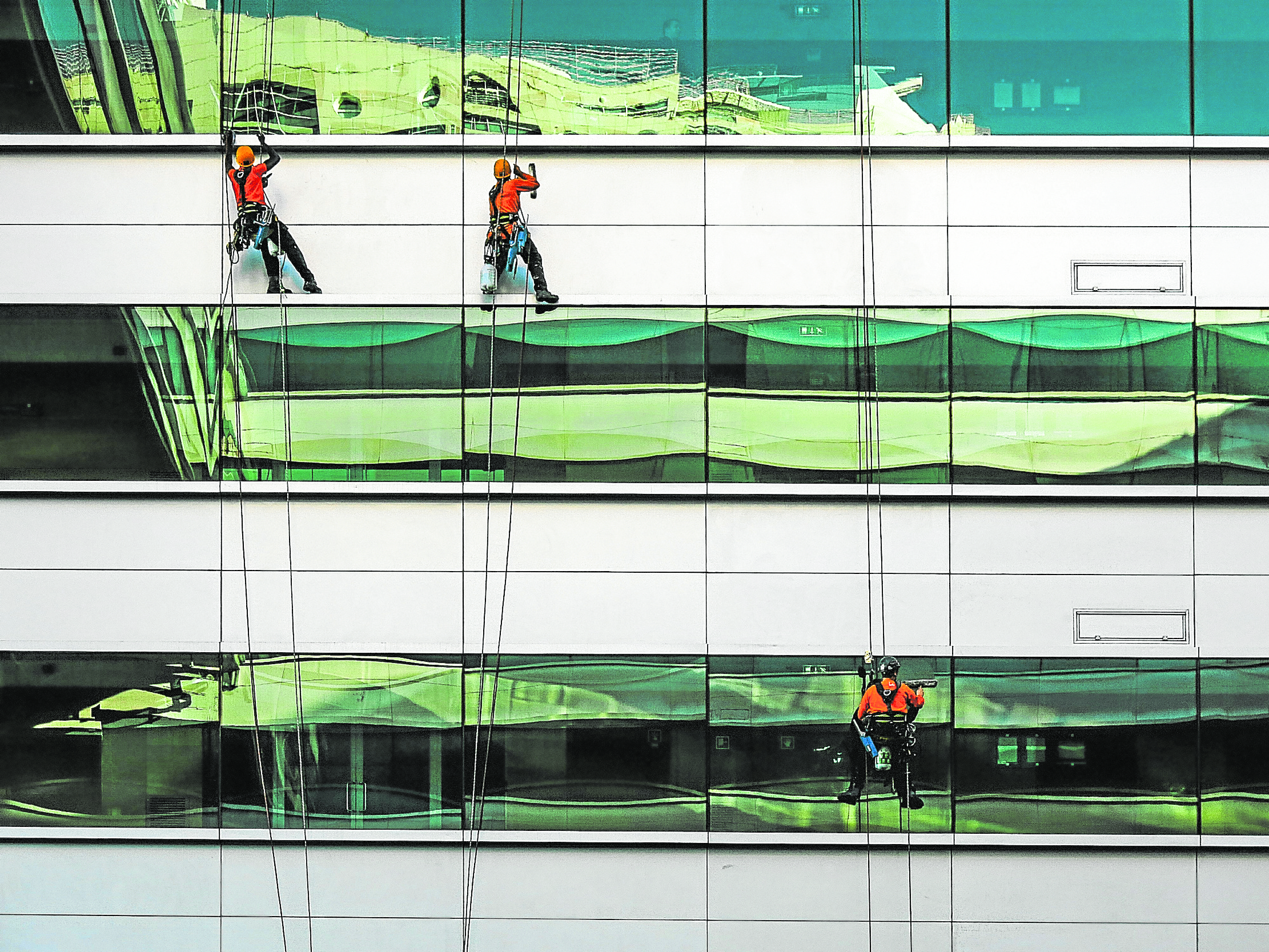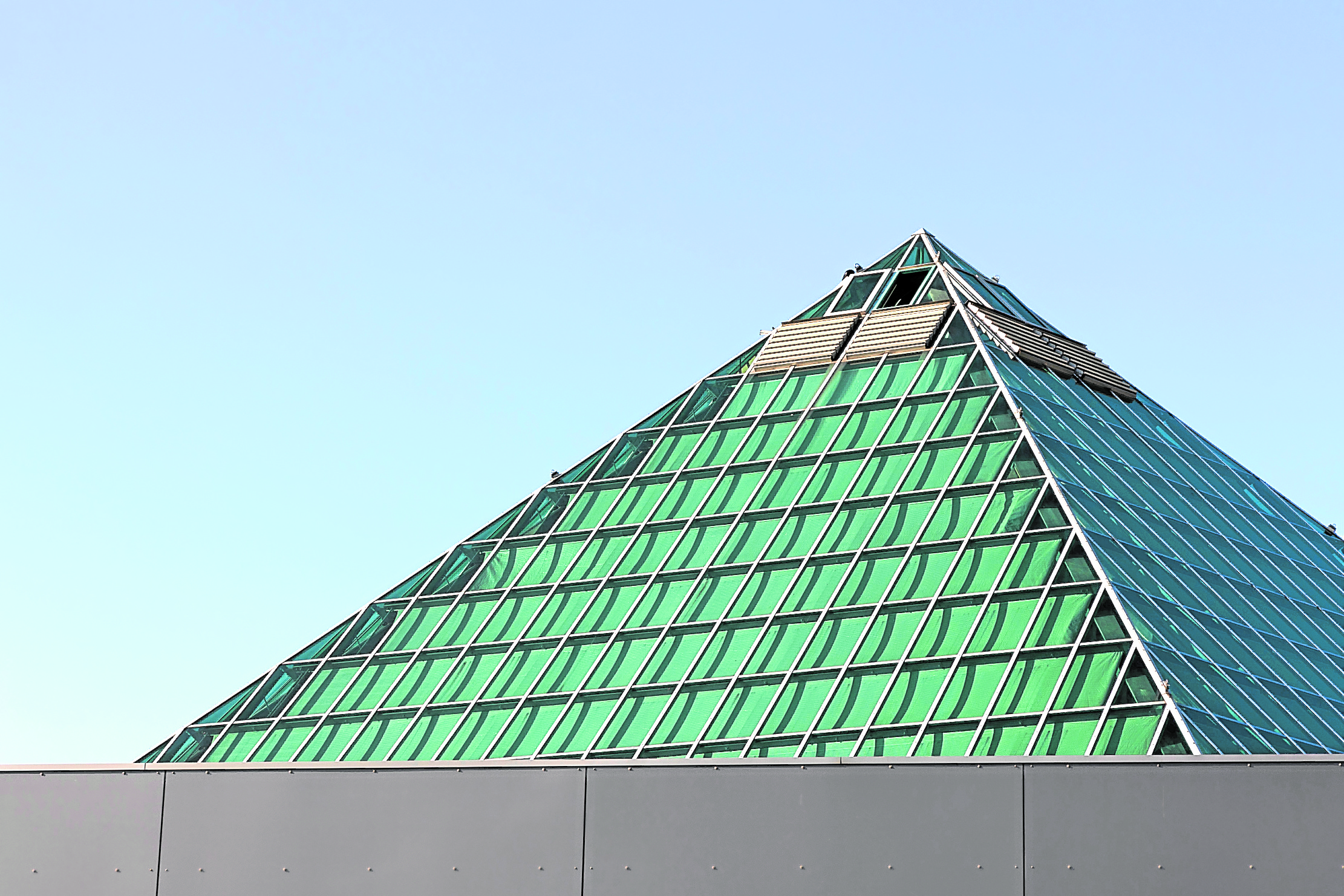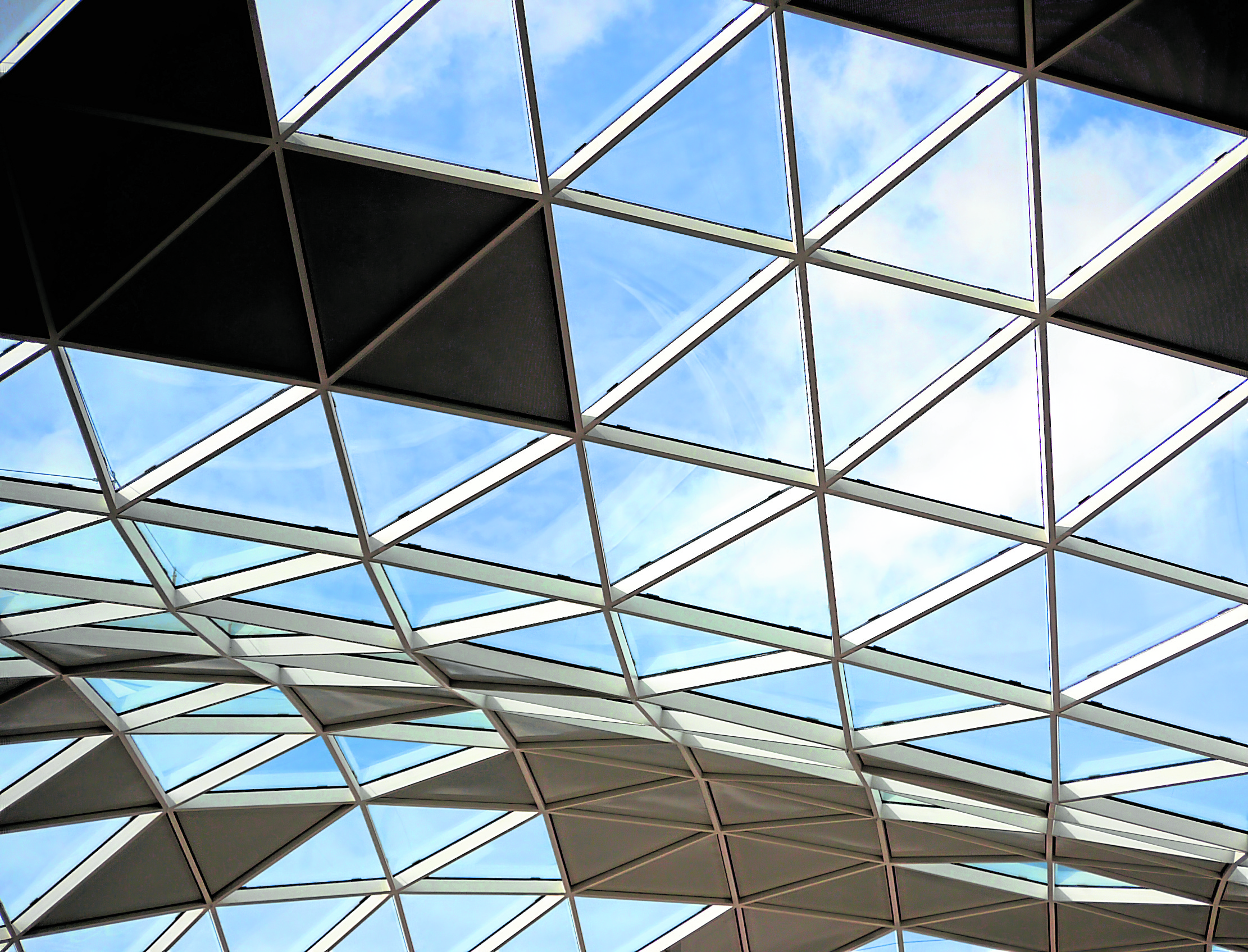The essentials of sustainable real estate

The first step in developing sustainable real estate is to choose a suitable location and create an effective site design. (CHUTTERSNAP)
It is vital to understand the numerous aspects that contribute to sustainable real estate development, as well as the lessons acquired from the recent pandemic. Let’s look at the principles of sustainability, the key characteristics of sustainable projects, and the significance of operation and maintenance policies in lowering carbon footprint and promoting a better lifestyle through architecture.
The foundations of sustainability
The three sustainability pillars are environmental, social, and economical. Environmental sustainability aims to reduce energy consumption, greenhouse gas emissions, and waste, while fostering biodiversity and responsible resource use. Social sustainability prioritizes tenant and community well-being and equal access to resources and opportunities. Economic sustainability entails establishing financially viable, cost-effective buildings and contributing to the community’s long-term economic development.

Proper operation and maintenance plans are critical for preserving a real estate’s long-term viability. (NUNO SILVA)
Site selection and preparation
The first step in developing sustainable real estate is to choose a suitable location and create an effective site design. Investors must consider factors such as proximity to public transportation, availability of neighborhood services, and preservation of natural habitat. Smart growth principles should be employed to encourage walkability, reduce urban sprawl, and promote community cohesion.
Architectural design
Sustainable real estate requires innovative building designs that enhance energy efficiency, indoor environmental quality, and tenant comfort. Passive solar design, natural ventilation, daylighting, and biophilic design principles are all strategies to explore. Furthermore, adding flexible and adaptable rooms that can meet changing needs over time will ensure the property’s long-term survival.
Materials and systems
Using environment-friendly building materials and technologies is critical for decreasing a real estate’s environmental impact. Use materials with low embodied energy, a high recycled content, and low volatile organic compound off-gassing (VOCs). Including energy-efficient technologies, such as high-performance HVAC, renewable energy sources, and water conservation measures, will also add to the property’s overall sustainability.
Operation and upkeep
Proper operation and maintenance plans are critical for preserving a real estate’s long-term viability. Using a comprehensive building management system (BMS) to monitor and control building performance, performing routine maintenance and repairs, and engaging in continuous improvement initiatives are all part of this. Occupant participation, because of training and communication, is critical in fostering sustainable habits and improving the overall success of sustainability projects.
Lessons from the pandemic
The global pandemic has taught architects and property developers essential lessons about creating sustainable real estate projects. These lessons include the importance of resilience and adaptation, and put a greater emphasis on occupant health and well-being. Sustainable real property estates should incorporate flexible and modular designs that can accommodate shifting needs and requirements, such as remote workspaces, multi-functional spaces, and provisions for future technological advancements.
The author is an esteemed architect and the visionary behind www.ianfulgar.com, acclaimed as one of the premier architectural firms in the Philippines. With an impressive portfolio of clients, both locally and internationally, he specializes in elevating hotels and resorts, condominiums, museums, and commercial and mixed-use township development projects. His innovative, cutting-edge, and design solutions have garnered industry recognition, making him the go-to expert for clients seeking to transform their real estate businesses.


